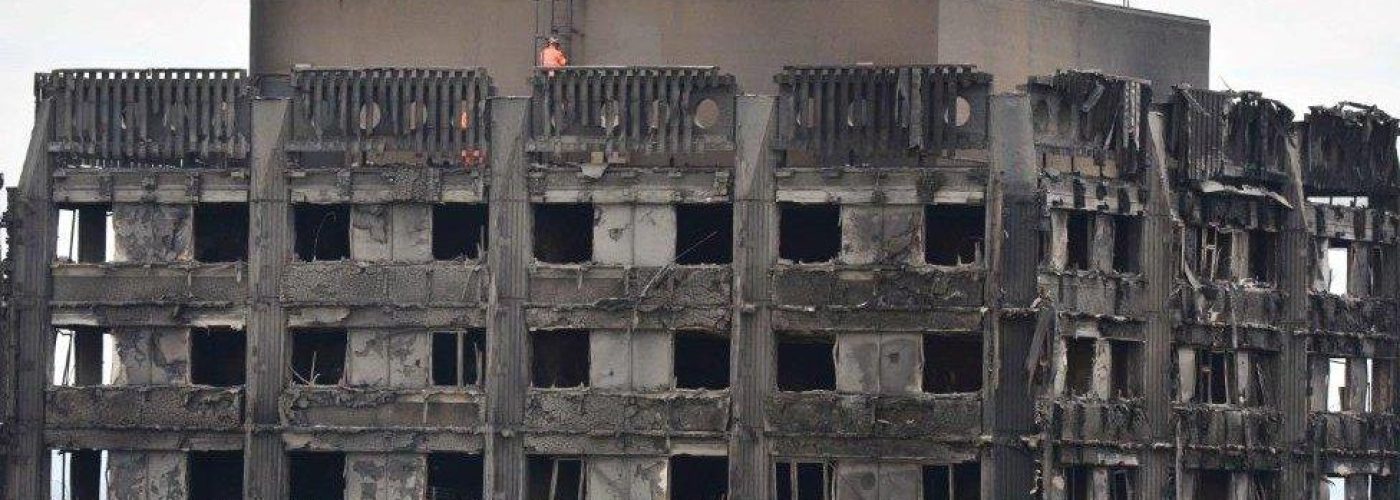Following the Grenfell Tower Inquiry, the Chartered Institute of Architectural Technologists (CIAT) has released a briefing, offering vital guidance for professionals in architectural technology. The report examines the recommendations from the inquiry’s Phase 2 findings and aims to establish best practices in the evolving regulatory landscape.
A Focus on Building Safety After Grenfell
The Grenfell Tower fire tragically exposed widespread failings in building safety, including governance, regulatory compliance, procurement, and project delivery. Phase 2 of the inquiry specifically investigated these systemic shortcomings, resulting in 58 recommendations designed to improve safety standards throughout the construction and maintenance chain.
CIAT’s briefing is intended to help architectural technologists prepare for the impending regulatory changes and ensure that their work adheres to the highest safety standards. It acknowledges that the profession must evolve alongside these new expectations and that the lessons learned from Grenfell should drive a commitment to improving building safety.
Preparing for Regulatory Changes
The briefing highlights the Labour Government’s pledge to review the Phase 2 recommendations and implement a “generational shift” in building safety, including updates to Parliament on progress. Anticipated changes include enhanced oversight of materials, stricter building requirements, and greater responsibilities for design professionals.
CIAT advises architectural technologists to stay ahead of these changes by exceeding current regulations and avoiding practices that prioritise cost over quality. This proactive approach is seen as essential to rebuilding trust in the safety of UK buildings and ensuring long-term compliance.
Maintaining High Professional Standards
A key takeaway from the CIAT briefing is that architects and technologists must take full responsibility for the safety and quality of their work. This includes ensuring that all project records are properly maintained, particularly the “Golden Thread” of information required by the Building Safety Act 2022, which tracks the design and realisation of high-risk buildings (HRBs).
CIAT also emphasises the importance of upholding professional standards as outlined in its Code of Conduct and Professional Standards Framework. For those aspiring to become Principal Designers under the Building Regulations, CIAT stresses the need for appropriate skills, knowledge, and experience to fulfil the role effectively.
A Commitment to Safer Buildings
CIAT’s guidance serves as a crucial resource for architectural technologists navigating the post-Grenfell regulatory environment. By committing to the highest safety standards, professionals can play a key role in ensuring that the built environment becomes safer and more resilient in the years to come.
Building, Design & Construction Magazine | The Choice of Industry Professionals





